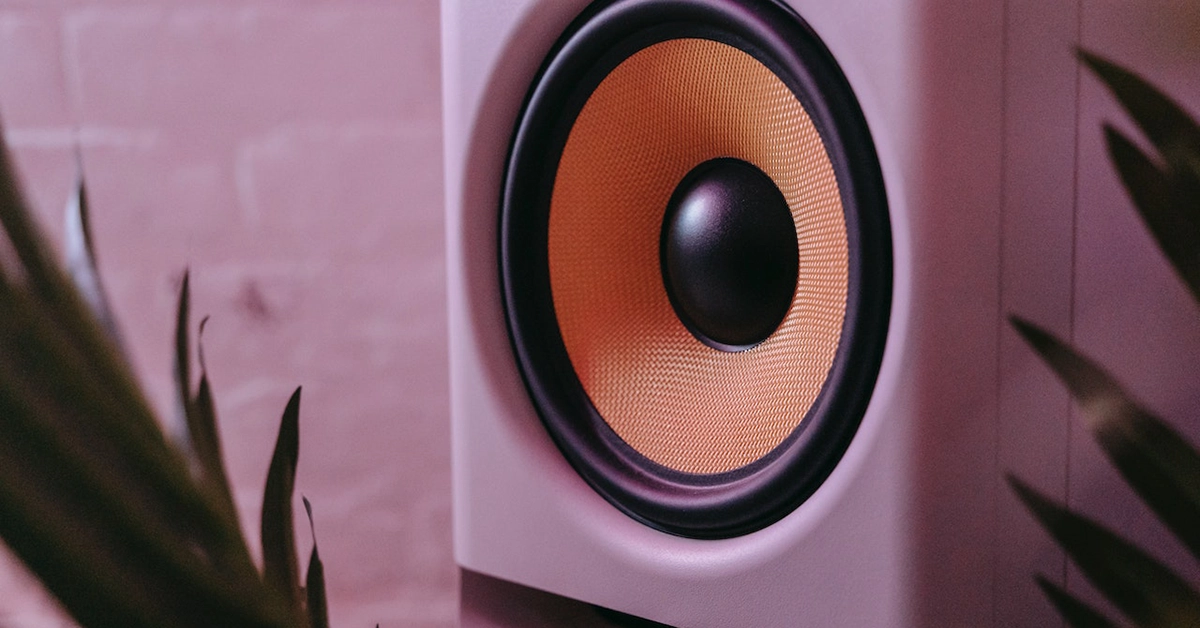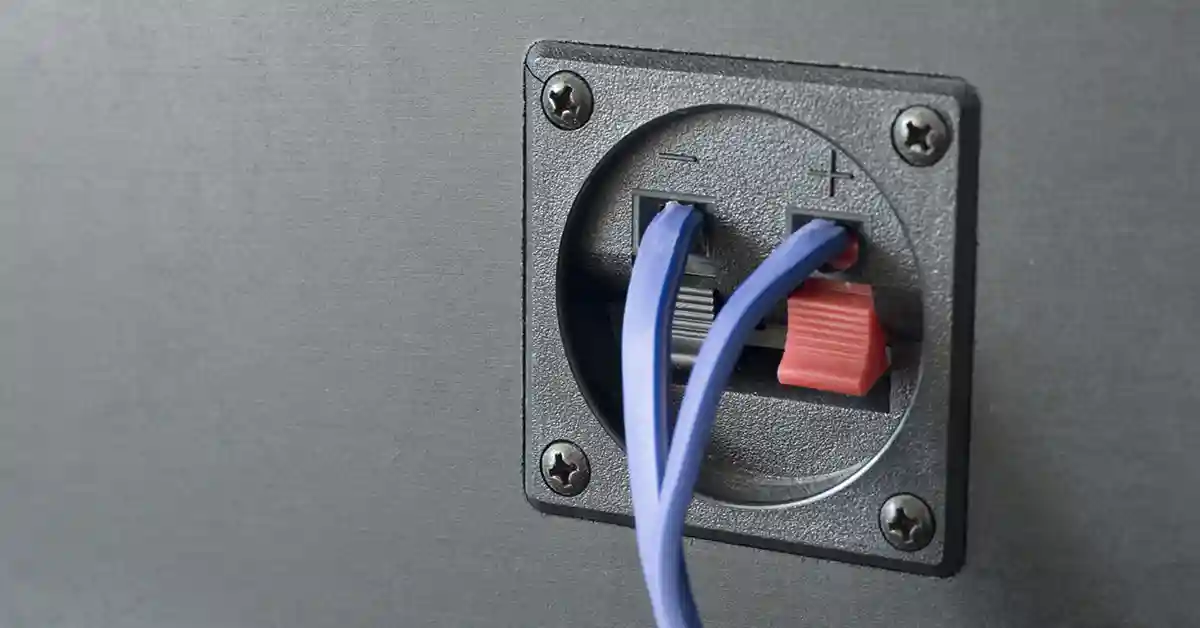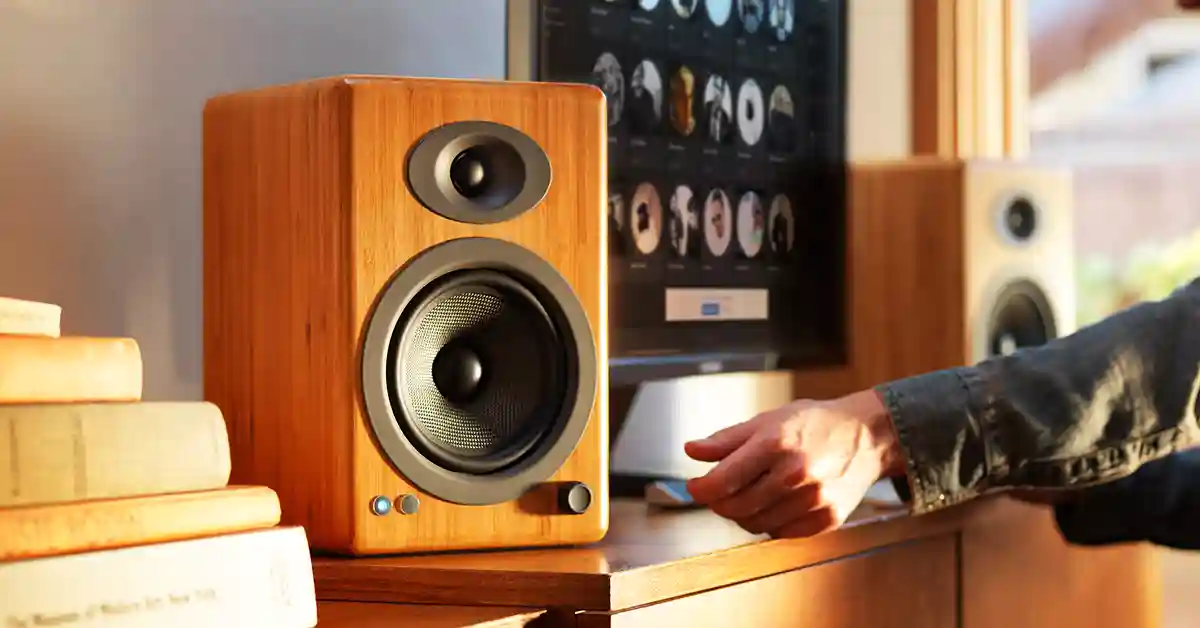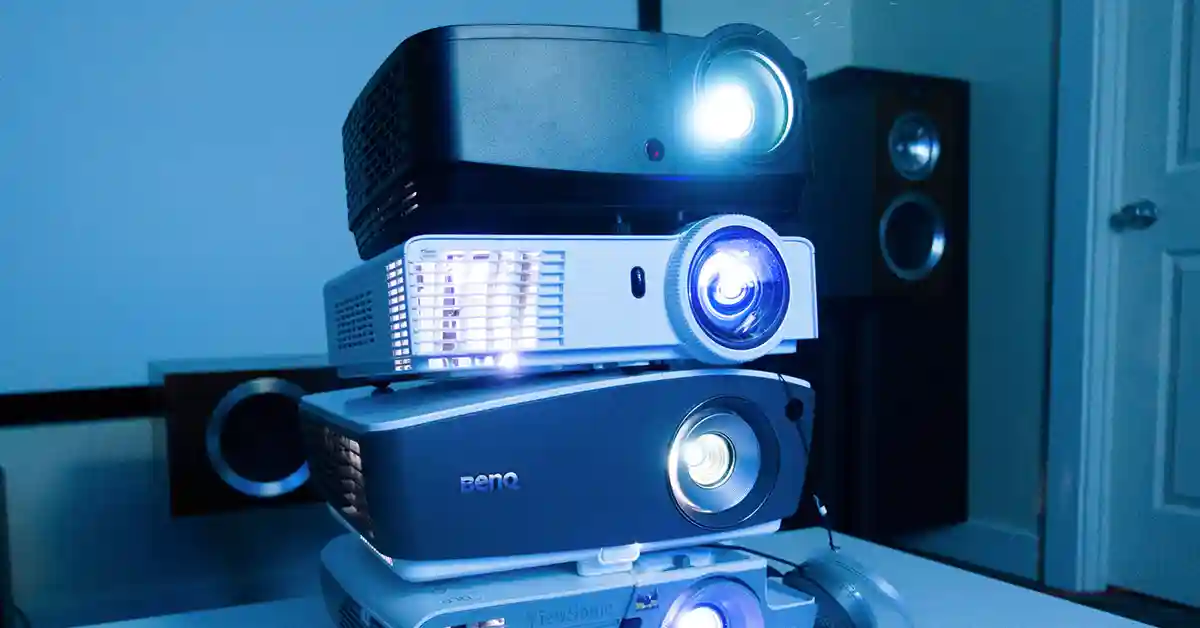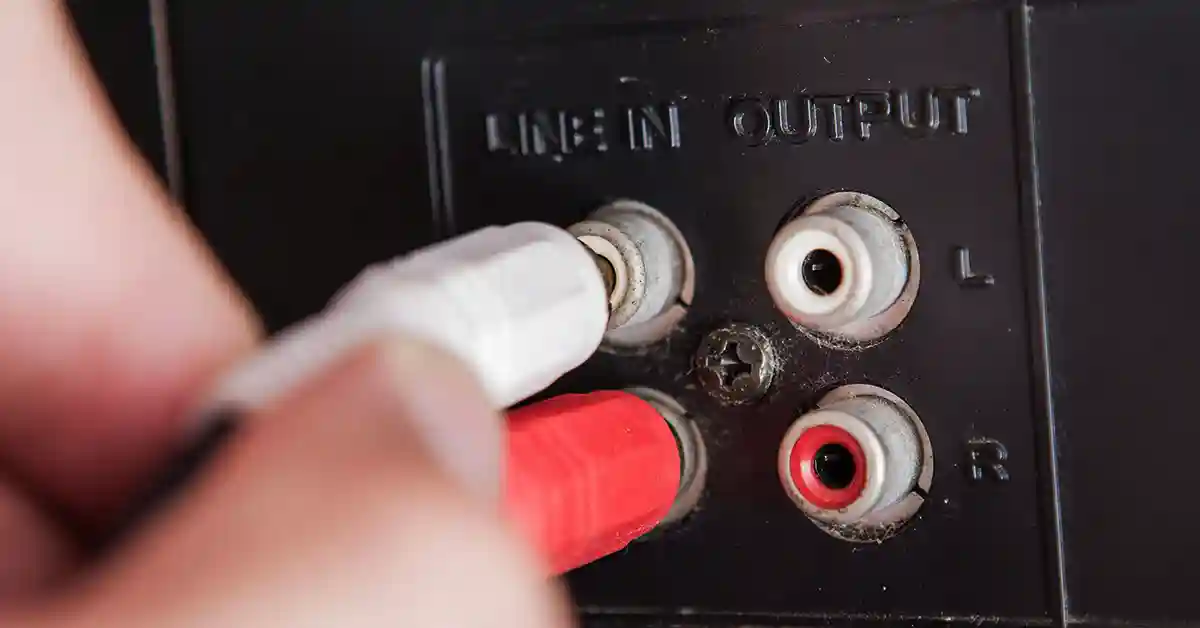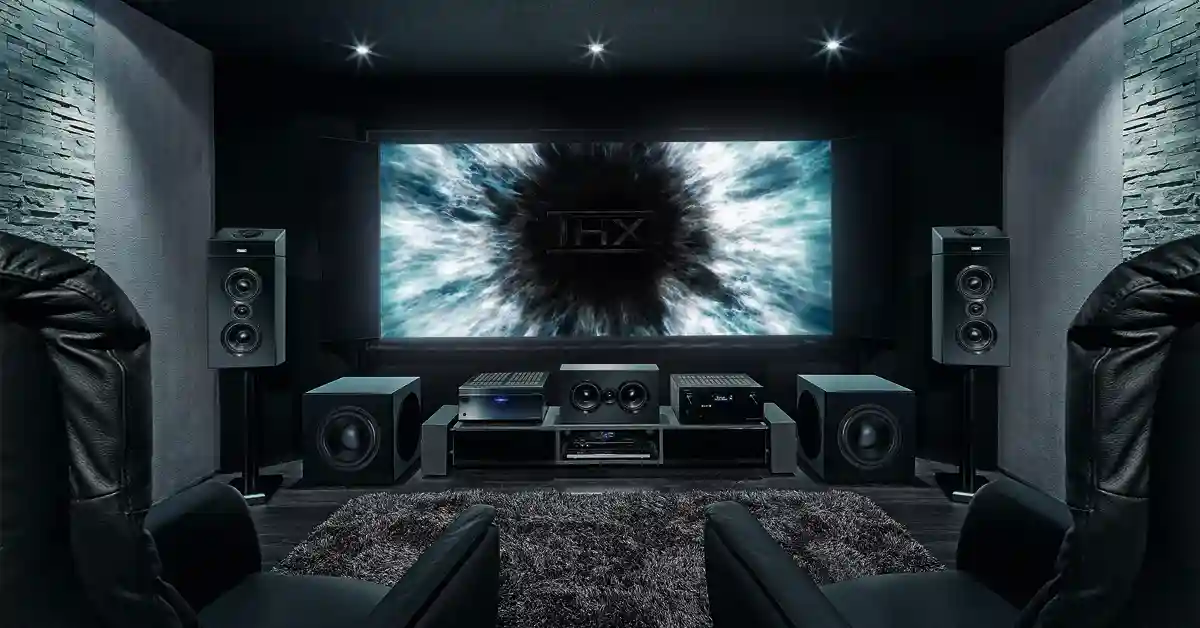How To Tell If Your Speakers Are Blown
- Speakers blow because of mechanical or thermal failure.
- Various factors other than volume can blow a speaker.
- A blown speaker makes scratching sounds, or no sound at all.
- Blown speakers can be repaired, learn how to fix a blown speaker.
Speakers blow for several reasons.
The sound will noticeably change in a short period, meaning a reduction in audio quality, scratching or buzzing sounds, or your speakers going completely mute.
Physical signs of a blown speaker could be incaorrect cone movement, tears in the speaker cone or incorrect vibrations.
Table Of Contents Show More
Let's discover how you can tell that your speakers are blown out and how you'll know that your speakers are busted.
What Is A Blown Speaker?
A blown speaker is a speaker with a catastrophic mechanical failure, with one or more crucial parts is damaged, resulting in poor, distorted, or completely no sound output. Speakers typically blow from prolonged, improper use or too much exposure to power that damages delicate components.
How To Tell If A Speaker Is Blown?
You can tell that a speaker is blown for several reasons. Usually, there will be a problem with how it sounds or how it physically looks.
What Does A Blown Speaker Sound Like?
Blown speakers usually have hissing, fuzzy or buzzing sounds coming from them. Alternatively, they could sound like they're scratching or scraping as they play. Or, in more severe cases, a blown speaker will be completely mute and produce no sound.
A speaker that is blown could sound like the following:
Hissing, Buzzing or Fuzziness
A blown speaker will have a fuzzy, hissing or buzzing sound. It will pop, crackle, or sound like it's scraping every time the music plays.
Lack of Bass, Treble or Mid-tones
A loss of bass or treble in your speaker is often a good indicator that your speaker is busted.
A blown speaker can not carry sound because of damaged parts, so any obvious change in sound is linked to mechanical failure.
Completely Mute
Blown speakers can also be completely mute and make no sound whatsoever.
This can be one of the most obvious signs of a blown speaker but should be investigated further to check that it's not a faulty connection, damaged part or something more obvious.
If a speaker becomes completely mute after displaying some of the issues that have been listed above, it's highly likely that the speaker has blown and was on a path of deterioration.
What Does A Blown Speaker Look Like?
Blown speakers suffer from physical damage that can be obvious or hidden, depending on which part is affected.
Torn or Damaged Cone
A torn or damaged cone can be a symptom of a blown speaker, as a damaged cone means that that speaker will not be able to vibrate or move properly.
If a speaker is overpowered, it will move in a way that it was never designed for, surpassing its physical limitations. Because of this, the cone can be torn or ripped as the speaker moves.
Melted or Burnt Components
A blown speaker may have one or several damaged parts, especially if a surge in power has blown the speaker.
Speakers are made from interconnected, functioning parts that are delicate and can be damaged if exposed to electricity and heat. When this happens, the parts usually break, meaning that the whole speaker blows cannot produce good audio.
Poor Movement and Vibrations
A great speaker will move in time with the music and vibrate on cue, giving the sound a rich and textured effect that you are used to hearing.
A blown speaker won't have these natural acoustic effects because it will be prevented from moving properly and completing a full range of motion.
Why Do Speakers Blow?
Speakers can blow for several reasons, the most common ones being a mechanical or thermal failure due to too much excess power, poor build materials, or improper sound system setup.
Overloading Power
Overloaded speakers have too much power flowing through them, meaning that the materials they're made from cannot perform at the level they're being subjected to.
If you have an amplifier producing too much electricity and connect this to your speaker, you will push too much power into the system and could damage, break or melt delicate components.
It can bend or melt plastic or glue, disturbing how a speaker component sits, forcing it to collide with another part - resulting in mechanical failure.
Incorrect Equalization
Equalization (EQ) is the process of adjusting the various balances in your audio signal so that particular frequencies or boosted or removed.
The average listener won't know how to adjust these, as they're typically used on a more technical level by sound engineers and technicians.
This likely explains why tinkering with EQ can damage a speaker setup because improper knowledge can expose the speakers and circuit to levels they are not designed for.
Amplifier / Audio Clipping
Audio clipping is when a speaker is forced to produce a sound that it is not designed to.
Clipped audio occurs when a sound wave that's too large is pushed through the speaker, probably with the help of an overpowered amplifier.
Because the speaker is not designed to perform at that technical level, the sound bottoms out - represented on a sound graph by a flat line.
If audio clipping happens too often, too much power is being pushed through the speaker, eventually damaging it over time.
What Happens When Your Speaker Blows Out?
When your speaker blows out, it's advised to stop using it as soon as possible to prevent even further damage.
You will know that the speaker is damaged because of an obvious or abrupt change in audio quality, distorted sounds, or no sound at all.
If you want to take matters into your own hands, there are a few blown speaker tests you can do.
Blown Speaker Tests
Replace With Another Speaker
If you feel that a speaker might be blown, try connecting another speaker to that circuit you know works. If the audio returns, it's likely that the original speaker has blown and needs to be replaced or repaired.
However, be careful connecting a working speaker to the system that blew your last speaker.
If there is an improper setup, too much power, or another issue - the chances are that you could end up blowing your brand new speaker again.
Multimeter Test For Blown Speakers
If you have a multimeter, you can use this to test for a blown speaker:
- Turn your multimeter to read resistance, indicated by Ohm (Ω).
- Touch the respective leads to the terminals of the speaker.
- Check the Ohm (Ω) reading on the back of the speaker.
- If the readings are vastly different, there is a resistance problem.
Using A 9-Volt Battery
While we have covered this in our speaker testing guide, here's a simple blown speaker test:
- Disconnect your speaker to ensure there is no power.
- Touch the battery terminals to the speaker terminals.
- There should be a light 'pop' as the speaker receives some power.
*Note: If you can't easily touch the battery's terminals to that of the speaker, you can connect some wires to the battery to help it reach further.
Physical Inspection
If a speaker is physically damaged, you might need to do a quick visual check:
- A blown speaker could damage the cone, including rips or tears.
- There could be rips or breaks in the foam driver that surrounds the speaker.
- The voice coil could be damaged, which is unlikely to be seen outside.
What Do You Do With Blown Speakers?
Blown speakers are a tricky problem because, in most cases, if the speakers aren't that expensive or sentimental, it's often easier to replace them with new ones.
However, if the speakers are premium and high-end, you want to contact the dealer you bought them from or contact a professional speaker repair person who can assist you further.
While you can repair speakers or refoam them, yourself - this is not advised unless you know what you're doing or are willing to risk the speakers being damaged beyond repair.
Related Articles

